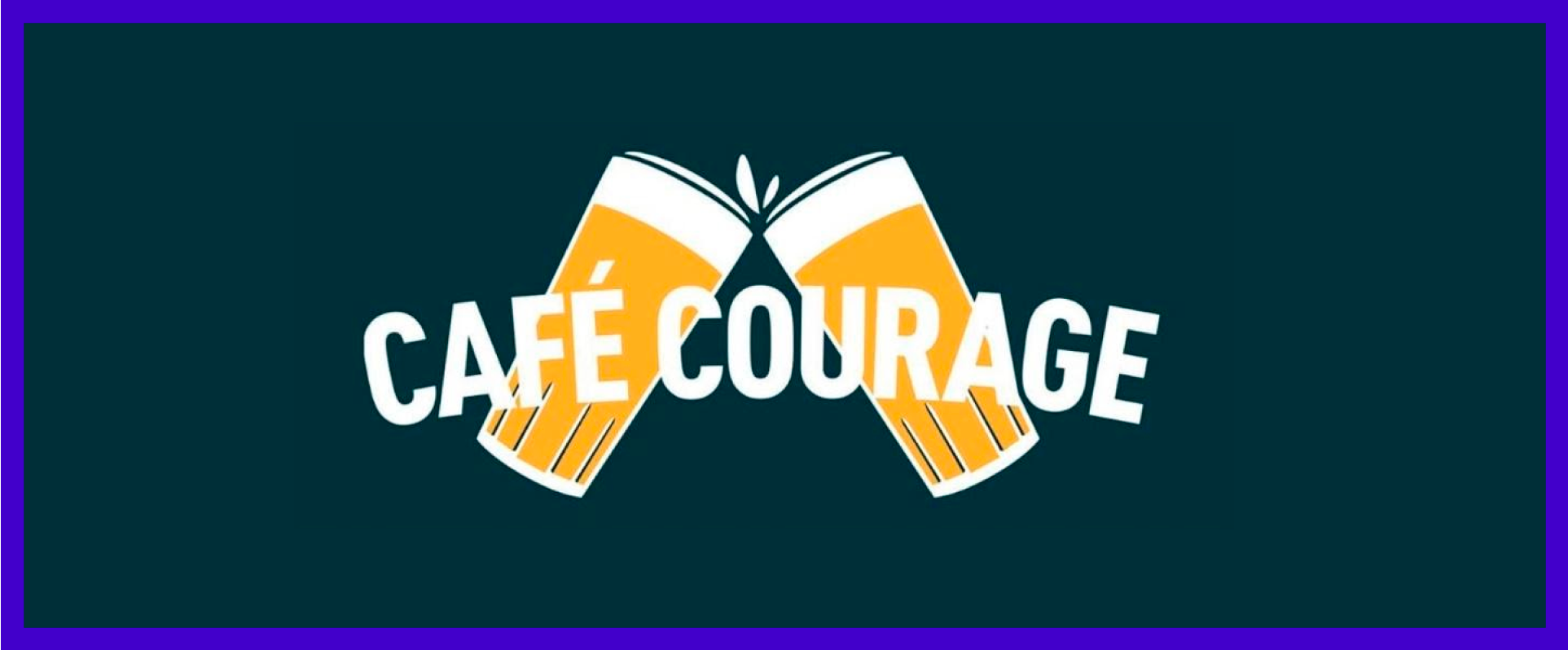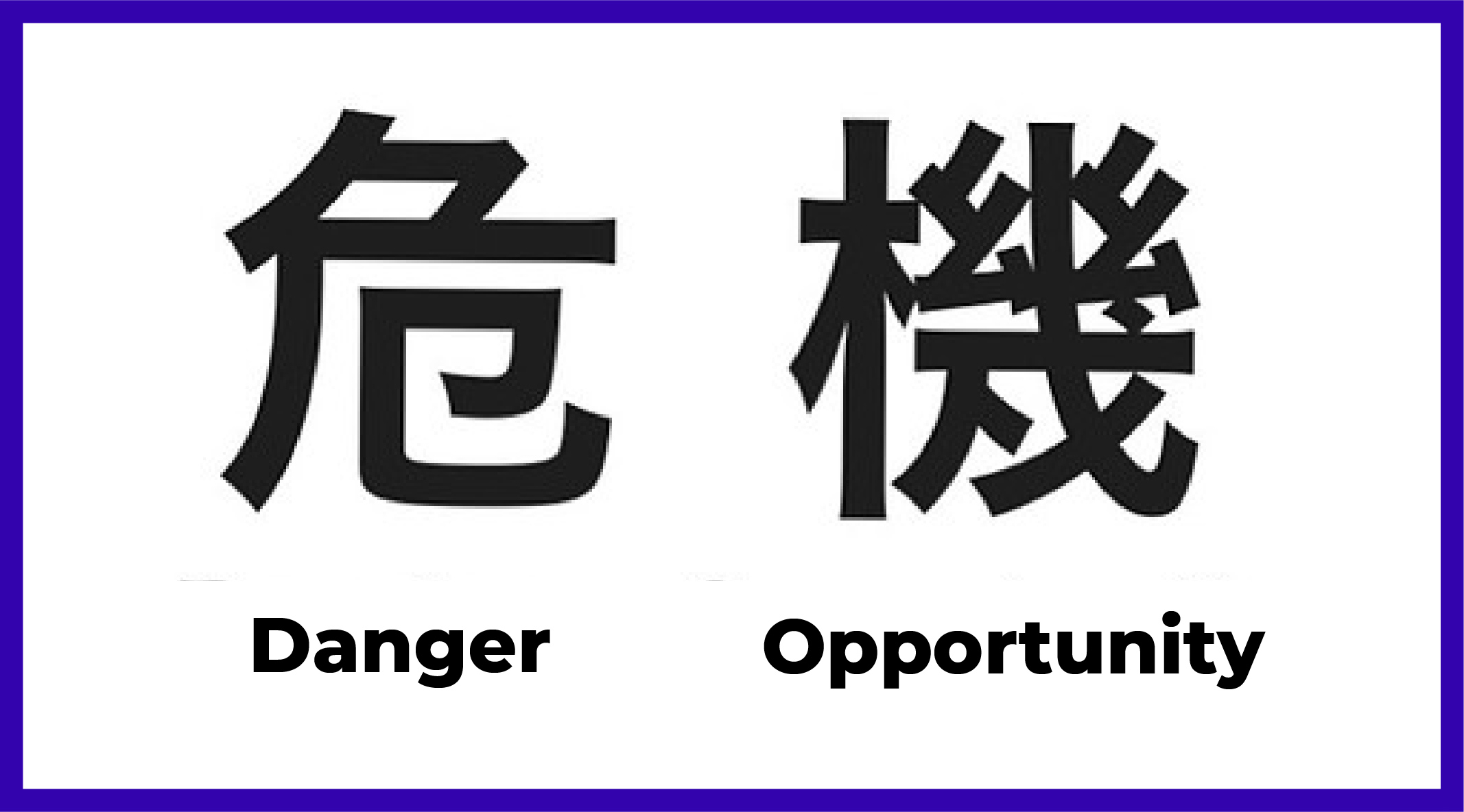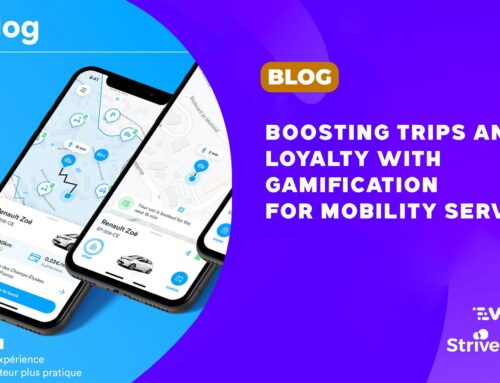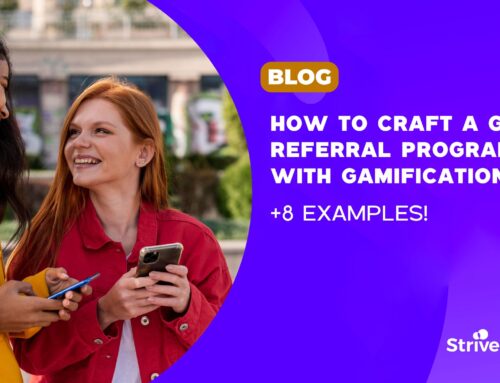Here’s why AB InBev is focusing on digital engagement (and why you should too)

In the last months, we have seen a massive shift in the way people are going about their days. Sports have been affected with leagues from all around the world postponing seasons and cancelling live events. As a result, brands have been left with no stadiums or tv screens to spread their message. As fans are spending more time online, digital has become the main channel to interact with consumers.
But how can brands stay connected with their audiences without any in-person events? In what way should they communicate to keep a positive brand image while also not being pushy. The main focus right now is adding value to consumers in different ways than usual. As an effort to stay connected with consumers, some brands are turning to esports to fill the empty content hole left by sports broadcasters. Streaming online tournaments and commentary to regular sports audiences have shown very strong engagement and revenue potential. Game streaming company Twitch recorded a 60% jump in viewership since the start of the lockdown climbing up to a total of over 1,3 billion hours watching time.
We spoke with AB InBev’s marketing and innovation lead Michael Codd to find out how they are handling the COVID-19 crisis both as a leading FMCG brand as well as a ferocious sports sponsor.
Can you tell us about your role at AB InBev?
M.C.: As a marketing and innovation lead, I work within our IT organization the Europe zone and I’m responsible for the marketing scope. So basically all related projects for the marketing function come through me.
What are three implications you see in the way brands market to consumers following the COVID-19 crisis?
M.C.: Firstly, most brands are and all brands should be conscious about how they are communicating. Marketing the product itself should not be a priority at this point in time and they should think more about their customers’ more urgent needs and what is good for the world.
With us, some of our initiatives are not even using our brands, or if our brand fits we might try associating it. Furthermore, we switched production to hand sanitizers and we started switching some of the production to ventilators. We try to stay creative in making an impact. For example, we have a brand like Hiball which is an energy drink we’re delivering to hospitals as well.

M.C.: I think brands should be very careful communicating as they normally would. Some things might be misinterpreted. It’s not the time to push the product, rather the intention should be in helping your customers. Brands should be mindful and try to do initiatives that will help this problem we have and the situation we are in.
Secondly, I would say what’s changed is consumer habits and how they are spending their time. Of course, everything now is happening online and people are switching to more digital ways of socializing. Or within a family, they are probably spending more time together. So you need to change your offerings a bit to be more in-home-focused.
Content-wise for us as a beer company at this moment in time is not around bringing friends together in a bar or something like that. We try to do better for the world in our communications by for example spreading content on how we still can connect and be social in a digital environment. I think this concept of social distancing is a strange term. What I find is people are being way more social than ever before. I think it’s more a sort of physical distance but I think people are really connecting. I have connected with friends I haven’t connected with in a long time. You just call them, because now it’s just normal again.
Thirdly, I think a lot of the brands are planning to tap into the excitement of when this is all over and people are on the streets again. Planning for that momentum that is going to kick off in June, July or whenever will be critical. There are going to be huge opportunities. People that have probably not spent as much money in the last couple of months are going to have some savings and will want to spend that and see their friends and whatnot.
So trying to be ready for when governments decide to open up again so that you can be meaningful and take full advantage of people out on the street who are invested in having a good time.
What actions do you currently take at AB InBev to engage with the consumer? What do you expect to change in the future?
M.C.: There’s these ideas for good as we’re calling them. We have a very famous example in Belgium around Café Courage. We set up a website platform where we allow people to donate money to their local bar and once the bar opens again, that is credit to the bar. So they are basically buying their drinks now but consuming it later. For every dollar they give, AB InBev matches. The campaign started out in Belgium but is now being done all over the world and the one in the UK just overpassed half a million investments from consumers to their bars. That’s really exciting.

M.C.: Besides those ideas for good, from a marketing perspective, we’re really not doing any communications at all. I find it’s better to keep quiet than to say the wrong thing in these times. For the other marketing stuff, we’re just planning for when the business opens again so we can just share that excitement that people will have when being out and being with their friends again.
What trends do you see? Do you expect them to last?
M.C.: What I’ve learned is firstly how closely connected you can be in a digital environment. With video chat, you’re opening up your house and it has now become more normal when you hear dogs barking or kids appearing on the screen. That was something that before the virus people were hiding and now it has become normal.
That leads to a more intimate relationship already. You ask about their dog or ask for their kid’s name etcetera and then you get to know people closer even though you have the distance. I think that will continue and people will continue to feel more comfortable sharing parts from their work-from-home life.
Secondly, I would say, the creative people are seeing. With the budget constraints, I have been seeing a lot of creativity here internally on coming up with ideas, initiatives that are low cost and still have an impact.
Some of that stuff has to do with esports. With my team now, it’s all about how we can give fan engagement just by helping them set up tournaments or just working with influencers to do something nice for the fans that don’t cost money. That’s the kind of initiative, this creative thinking on how we can do things that are lower cost and still have an impact is something I hope to pull forward.
Third, having my team be actually remotely. I have a lot of people in Prague and Ukraine and in Belgium and London. This kind of happy hour or lunches we do virtually, I’m going to continue. Now it’s kind of become normal just having informal catch-ups where we do not talk about work with the rest of the team.
What problems do you see following the live events cancellations? How do you tackle it at AB InBev? How does it impact you?
M.C.: In terms of our events, one of the things we’re often seeing in internal presentations is something we learned from China. In Chinese, the written word for crisis stands for two words: danger and opportunity.

M.C.: We’re seeing this kind of opportunity arising. In the past, we have always wanted to do something with initiatives like esports, but never really put the full effort, money, or resources behind. Whereas now that will happen because all of a sudden there’s this opportunity of stuff that we had planned that cannot go ahead anymore.
It’s allowing us to innovate a bit more. Because it’s allowing the innovation to get more time from the people, more attention, and budget. That’s something great I think.
In terms of the other events being canceled, often the events are being switched to online. We’re trying to push the e-commerce channel more and trying to help organize events like pub quizzes or any kind of live music event.
A really nice example was a concert in Brazil. Brahma, the biggest AB InBev brand there is sponsoring a lot of country music. The two most famous country musicians in Brazil linked up together in their garage and gave a live concert. They received the biggest number of concurrent viewers on YouTube live ever. It had 3.5 million concurrent viewers and within 24 hours 37 million views. So that was huge and expanding that and bringing an element of e-commerce in there is something we’re definitely trying to take advantage of.
Let’s talk about esports and consumer engagement. What role does it play in your current marketing strategy?
M.C.: I’ll try to give an overview of the three parts of the world and the status of esports there.
To start off, the area that is furthest ahead is for sure China. They have been investing quite heavily in esports since 2016. You can really see they are more matured. They have a fully worked out strategy that includes packaging, digital influencers, teams and leagues sponsorships, mobile products, integrations with Tencent. It’s an important part of their local brand called Harbin, it’s their number one pillar and where they get their highest engagement from.
In the US they are probably like second. It’s a little bit behind China where they’re still mostly focusing on sponsorship and content. Right now they are sponsoring 3 or 4 of the games over there and they have their own Bud Light Twitch channel. But it’s not as holistic as in China.
In Europe, we’re following the same model as China in terms of strategy but it’s still very early stage. It will be different because we’ll see a lot of stuff coming, especially in the UK where we will start trying to do new, novel stuff within esports rather than just focusing on sponsorship at a scale where we are still trying to get a coherent strategy between digital and real-life. That’s a bit where we’re at now.
What we have been doing for six months now is organizing viewing parties for fans but very local and smaller at scale. We’re trying to help bars by showing how they can stream professional esports and helping them market those events so they get extra people through the door. That way the fans actually have another option than watching esports from their home.
In Ukraine and Russia, we launched online competitions together with Bud Light, where we’re offering fans to play against each other in tournaments. We’re offering some incentives such as nice prizes for Bud Light if they win. They are competing on a local level, within their city let’s say. Once they become top 5 in the city, they can start competing against other cities. Once they become the top there they can start competing against other countries and so on.
Lastly, we’re looking into working with influencers to do some fan matches. Getting the fans of one influencer to play the fans of another influencer and have a fan battle. And then we still have some ideas that are floating around right now.
What’s the single most important takeaway from our discussion?
M.C.: I would say that it’s better to not communicate than to communicate in the wrong way. The amount of emails that I have received is enormous and mostly out of sync with how I feel. Therefore I think it’s better to keep quiet than doing something that does not make sense because it’s not authentic.


